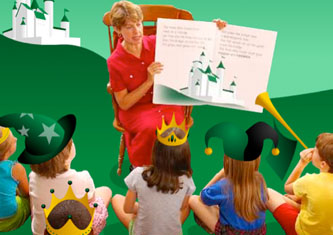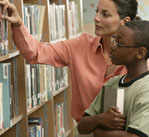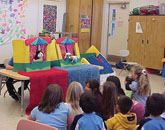 |
|
 |

Rural Afterschool Programs: Challenges and Solutions Afterschool programs in rural areas face many of the same challenges that programs in urban areas do: limited funding and difficulties recruiting and retaining highly qualified staff. Rural programs also face unique challenges such as higher poverty rates (1) and impeded access to health care, social services, and transportation due to geographic isolation. Below are five strategies rural programs can use to address those challenges. (2) Build coalitions to help with transportation. Invite parents, day-school staff, community leaders, and funders to brainstorm solutions to transportation challenges. Possible ideas include identifying new transportation funding sources; changing school bus routes; using existing public transportation resources; or partnering with other community organizations like childcare providers, service centers for elderly, or religious institutions. Identify possible funding sources. Public service organizations, foundations, corporations, and individual contributors are potential funding sources. Although these organizations may not focus exclusively on afterschool programs, their goals may align with those of your program. They can also offer in-kind contributions or subsidized services like reduced rent, discounted utilities, and volunteers. Increase the number of trained staff members. Appropriately trained staff can help ensure that afterschool activities are meaningful and beneficial to the students who attend. You can increase the number of trained staff members by recruiting day-school teachers, providing professional development, and recruiting retirees with relevant skills to work or volunteer at the program. Use existing volunteer organizations to recruit staff. Organizations like AmeriCorps, 4-H Afterschool, the Parent Teacher Association, Experience Corps, Girl Scouts, Boy Scouts, and the Boys and Girls Club can serve as a source of potential staff for afterschool programs. Maximize resources. Local schools and community colleges can provide space, transportation, materials, and technology resources that help make an afterschool program successful. A community college can give students access to career education and college counseling. 1 U.S. Department of Agriculture Economic Research Service. (2007). Rural America at a glance: 2007 edition. Economic Information Bulletin, 31.
|
The SEDL National Center for Quality Afterschool helps state education agencies and local practitioners develop high-quality programs for academic enrichment as well as youth development activities. |

| 
VIRTUAL ACADEMY FOR AFTERSCHOOL
This interactive professional development resource includes five online courses for professionals in a variety of afterschool and out-of-school settings. Each course includes links to help align afterschool to day-school learning, effective instructional strategies, guided practice in project planning, and evidence-based instruction models that keep students engaged.
|

|
Wheatland School District Afterschool Programs
|
 |
 |
 |
||||
|
|
Take Advantage of Technology |
|
||||
This email was sent by: Editor: Laura Shankland
|
You are welcome to reproduce issues of AfterWords and distribute copies at no cost to recipients. Please credit SEDL as publisher. Link to PDF versions of AfterWords is available here. For additional uses, please fill out and submit a copyright request form. Copyright © 2009 by SEDL. |


